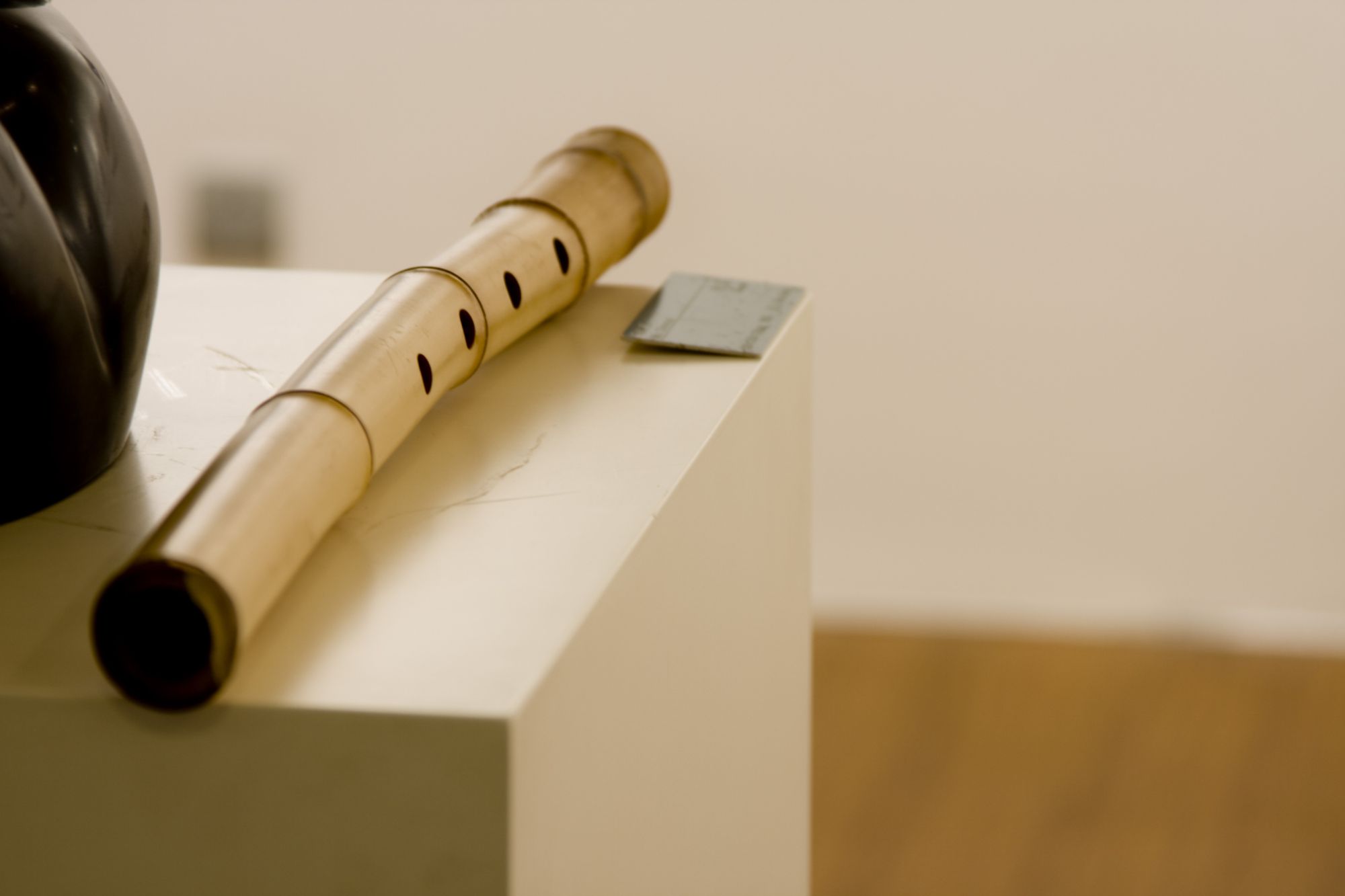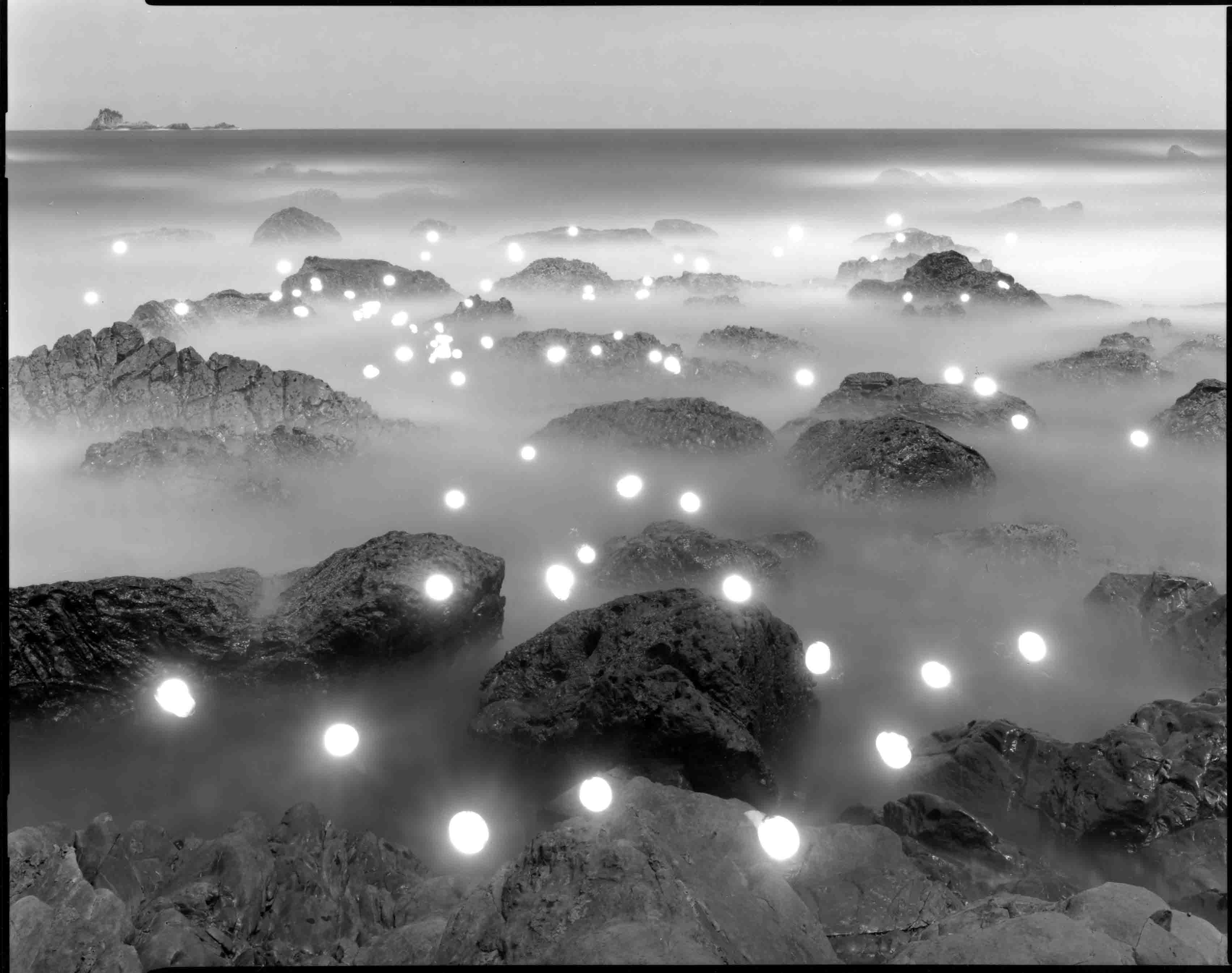By Anthony Tao
If we put a microphone to the bottom half of our vocal cords, in that space before the larynx alters the transit of air into highly evolved sounds recognizable as language, what would we hear?
Literally speaking, not a whole lot besides air; but if this were a riddle, the answer would be the sounds created from an unusual wind instrument called the chiba, a stout bamboo flute from the Tang Dynasty (618-907) that descended from the ancient xiao.
The 60 or so people who attended Dandeli Art Space’s “Blooming Youth and Ancient Melody” on Saturday were treated to a free performance of the chiba, along with the guqin, a seven-string plucked silk instrument dating back some 3,000 years. Much has been written before about the latter, and a simple search on either YouTube or YouKu yields dozens of results. The chiba, however, is relatively unknown.
A young musician who goes by the name of Xing Zhe explained to us that every chiba is created through an exacting selection process. First a specific type of bamboo must be found that can be cut to the appropriate length (usually an eighth of a foot, which translates literally into the name of the instrument). It is then hollowed out and placed in a damp, dark environment for a year, not unlike the fermenting process for fine alcohol. A master will then cut a mouthpiece and play it, sans finger holes, for as long as he deems it takes for the right sound to emerge. Only then will holes be cut, four along the top and one on the bottom, and declared ready for use.
A low-shelf chiba runs for about 4,000 yuan, while high quality ones can go for 10,000 yuan – though who can really put a price on antiques? – which partially explains why there are probably no more than 50 chiba masters in China. The other reason is because the chiba virtually disappeared from this country for 700 years sometime during the Song Dynasty. It continued its evolution as the shakuhachi in Japan, imported there by a Buddhist monk in the 8th century.
Sitting in the same room as a chiba performance feels like you’ve ascended 4,000 meters up a holy mountain and plopped yourself next to a meditating arhat. The instrument is capable of eerie, magical noises that are reedy, raspy and muted. As natural as a spring, the notes slide through the air like a melodized sigh. Occasionally you will even hear a squeak or, the sound of breath, quite unlike the pachydermal blare of Western-style trumpets and horns.
Because there are only four holes on the chiba, the tiniest finger movement makes a difference; likewise, the simplicity of the design makes it so that the slightest change in breath – in strength, volume or breathing angle – will affect the sound. There is much room for interpretation, and the result can be as artistic, hollow or melancholy as the musician desires. An old tradition in Japan held that a man and woman would play shakuhachi melodies in a field, at a remove from one another. If the tunes didn’t match, the two could not meet – a harsh penalty, indeed, though somehow appropriate because the instrument is, after all, an extension of the soul.
Source: City Weekend Beijing









